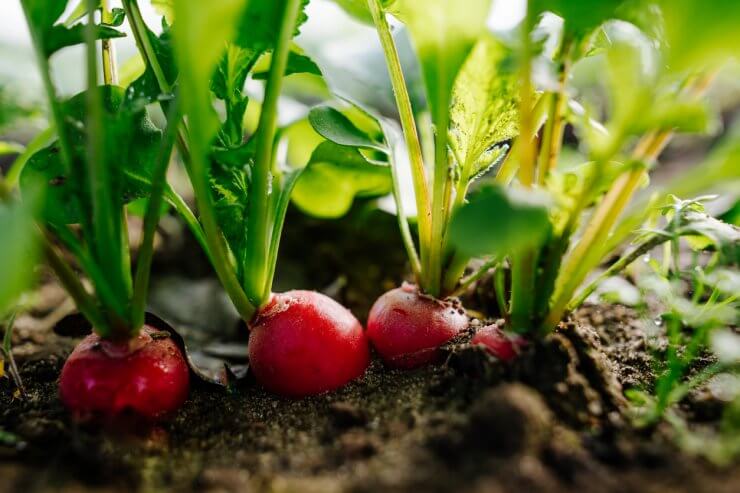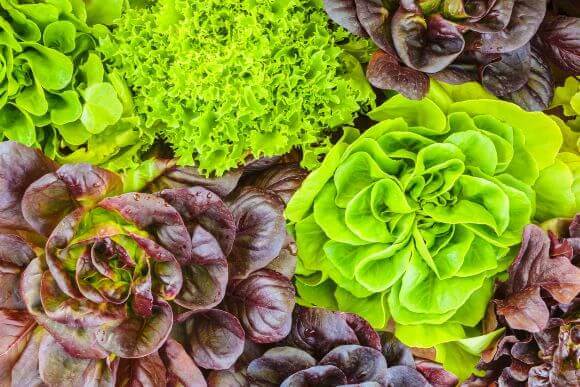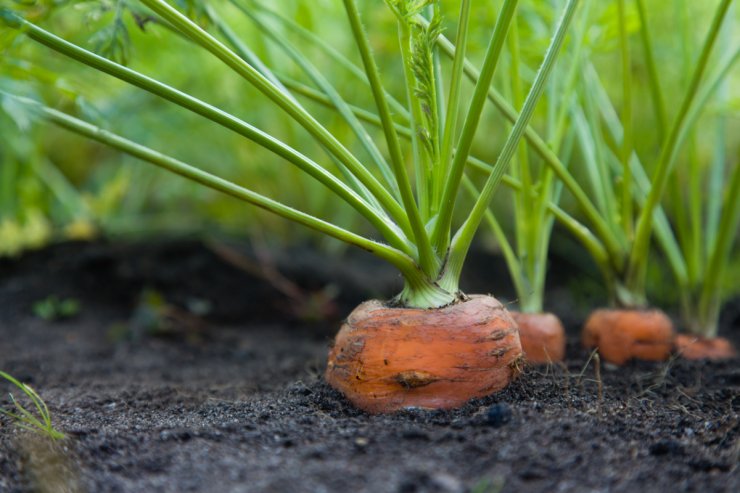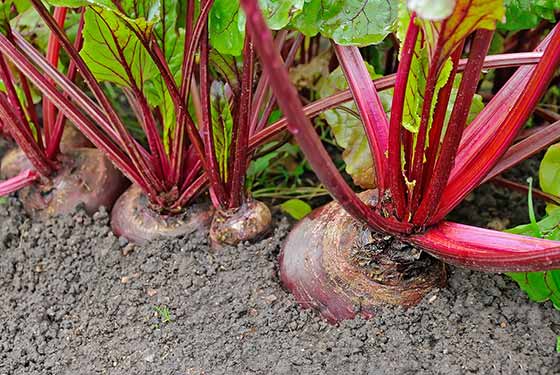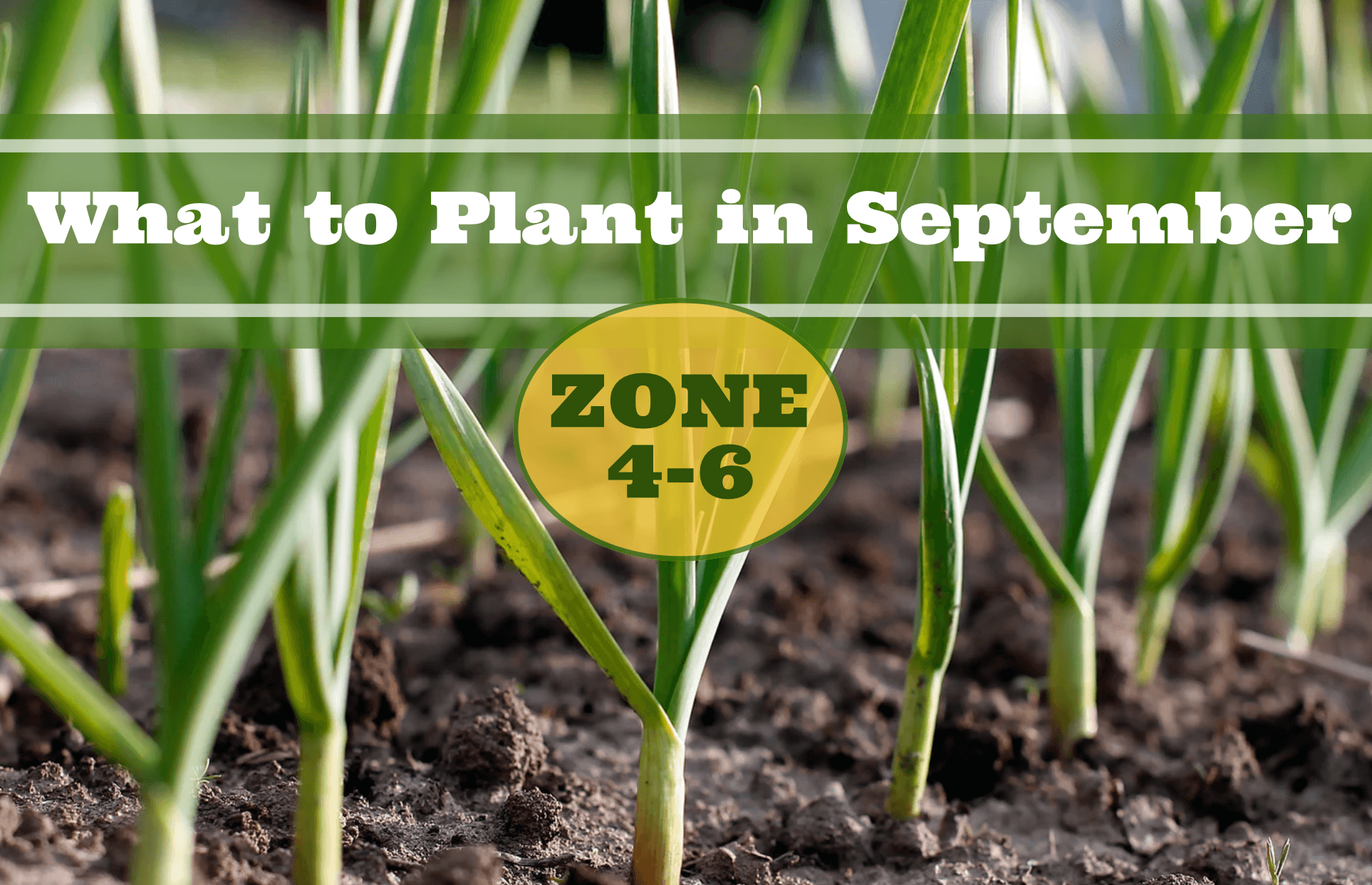
Even though Jack Frost might be peeking around the corner in our neck of the woods, September can still be a surprisingly fruitful month for planting. Sure, it’s a bit of a gamble – will we get an early frost or won’t we? But isn’t that half the fun of gardening? It’s like nature’s own version of roulette, only with the potential for delicious homegrown veggies as the prize.
Now, I know what you’re thinking – “September? Isn’t that cutting it a bit close?” Well, yes and no. While it’s true that September has been getting warmer over the years (thanks, climate change?), there’s still a risk of early frost in these zones. But fear not! With the right choices and a bit of TLC, you can still get a delicious harvest before winter truly sets in.
So, grab your gardening gloves and let’s dig into 10 veggies and fruits that are tough enough to take on the September chill in zones 4-6. Trust me, your future self will thank you when you’re enjoying fresh produce while your neighbors are stuck with the sad, wilted offerings at the supermarket!
1. Radishes
These spicy little orbs are the sprinters of the vegetable world. Plant them in September, and they’ll race to maturity in just 3-4 weeks! Radishes love the cooler temperatures of early fall, which helps them develop their signature crisp texture and peppery flavor. Plus, they’re hardy enough to withstand light frosts, making them perfect for zones 4-6. For a continuous harvest, try succession planting every week until about a month before your first expected frost date. Varietals Cherry Belle, French Breakfast, Watermelon, and China Rose are cold-hardy and can withstand a light frost.
Learn more about radishes in our Radishes Gardening Guide.
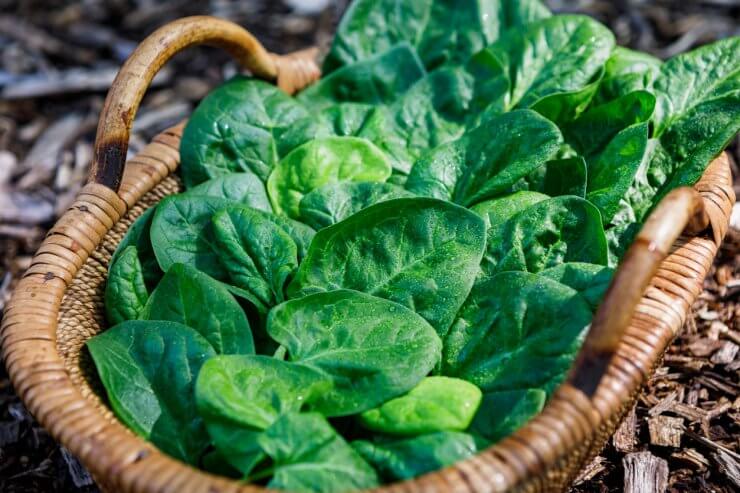
2. Spinach
Popeye’s favorite veggie is a cool-season superstar. September planting gives spinach the perfect conditions to thrive – warm soil for quick germination and cool air for sweet, tender leaves. As an added bonus, light frosts can actually improve spinach’s flavor, making it sweeter. Talk about turning lemons into lemonade! In zones 4-6, you can plant spinach until about 6-8 weeks before the first expected frost, which means early September is prime planting time. Varietals Bloomsdale Long Standing, Tyee, Melody, and Space are particularly cold-hardy.
Learn more about growing spinach in our Spinach Gardening Guide.
3. Lettuce
Who doesn’t love a crisp, fresh salad? September is prime time to sow lettuce in zones 4-6. The cooler temperatures prevent it from bolting (a.k.a. going to seed and getting bitter), while the still-warm soil helps seeds germinate quickly. Choose cold-hardy varieties like ‘Winter Density’ or ‘Arctic King’ for best results. You can continue planting lettuce every couple of weeks until about a month before your first expected frost for a continuous harvest.
Learn more about growing lettuce in our Lettuce Growing Guide.
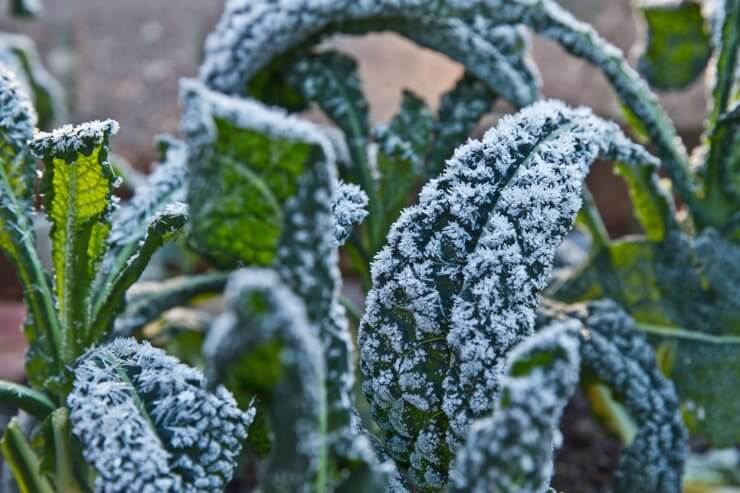
4. Kale
Kale is the ultimate cool-weather crop. This nutrient-packed powerhouse actually gets sweeter after a light frost, making September the perfect time to plant in zones 4-6. It’s so hardy that you might even be harvesting kale into early winter. Just imagine impressing your Thanksgiving guests with a salad featuring homegrown kale! Plant kale about 6-8 weeks before your first expected frost date for the best results.
Learn more about growing kale in our Kale Gardening Guide.
5. Carrots
September in zones 4-6 is perfect for planting carrots to overwinter. Unlike fall harvests, these carrots will grow slowly through autumn, pause during winter, and be ready for harvest in early spring. The freezing and thawing cycles concentrate sugars in the roots, resulting in exceptionally sweet carrots. While warmer parts of zone 6 might still manage a fall crop with early September planting, for most of us, September-planted carrots are a long-term investment for a delicious spring payoff. Remember to mulch well to protect the carrots over winter.
Learn more about carrots in our Carrots Gardening Guide.
6. Beets
Beets are a fantastic option for September planting in zones 4-6, but timing is crucial. These earthy gems prefer cooler temperatures, making them perfect for fall gardens. In our zones, you’ll want to sow beet seeds about 10 to 12 weeks before the first expected frost. For most of us, that means early September is your last call for beets! Here’s the cool part – you can actually do succession planting with beets until about four weeks before your expected frost date. So if you’re feeling ambitious, you could sow a few seeds every week in September. The seeds germinate quickly, usually in about five days, so you’ll see progress in no time.
Learn more about beets in our Beets Gardening Guide.
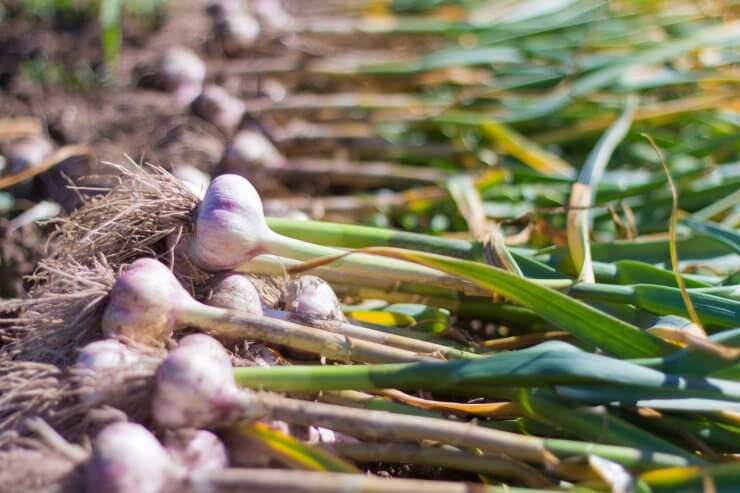
7. Garlic
Garlic is the gift that keeps on giving. Plant it in September, and it’ll start developing roots before winter sets in. It’ll then lie dormant during the coldest months, only to spring back to life in early spring. By next summer, you’ll have a bounty of flavorful garlic bulbs. Talk about planning ahead! In zones 4-6, aim to plant garlic about 6-8 weeks before the ground freezes solid. This usually means mid to late September is perfect planting time. Choose varietals like Music, German White, Spanish Roja and Chesnok Red for the best overwintering in this zone.
Learn more about growing garlic in our Garlic Gardening Guide.
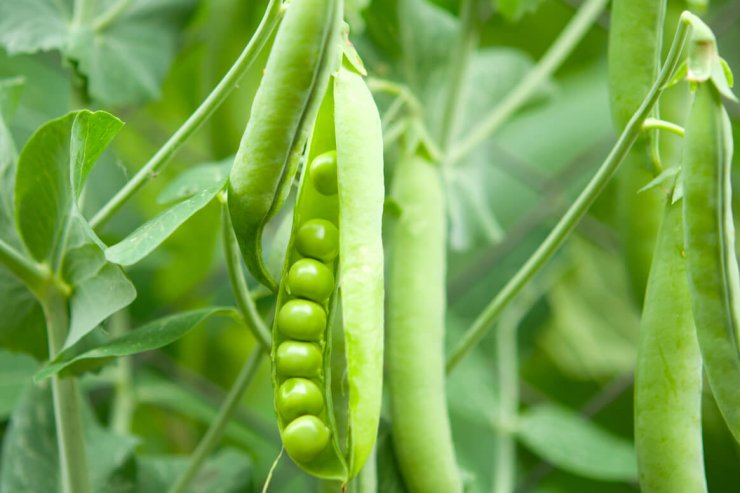
8. Peas
While we often think of peas as a spring crop, they can also be planted in fall. September sowing in zones 4-6 can yield a nice crop before the first hard freeze. Choose snow peas or snap peas for best results, as they mature more quickly than shell peas. Plant them about 8-10 weeks before your first expected frost date, and be prepared to provide some protection if an early frost threatens. Peas that are hardy enough for September include Oregon Sugar Pod II (snow pea), Sugar Ann (snap pea), Cascadia (snap pea), and Little Marvel (shelling pea).
Learn more about growing peas in our Peas Growing Guide.
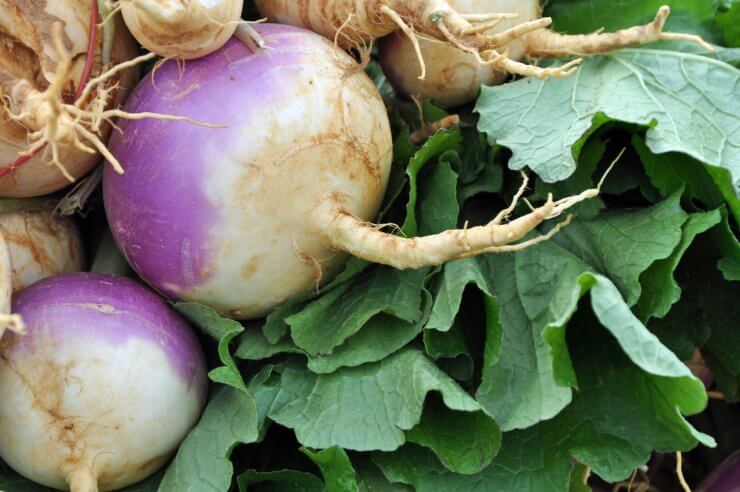
9. Turnips
These often-overlooked root veggies are perfect for September planting in zones 4-6. They mature quickly (about 6 weeks) and can handle light frosts with ease. Plus, like carrots, the cooler temperatures make them sweeter. Don’t forget to eat the greens too – they’re packed with nutrients! Plant turnips about 6-8 weeks before your first expected frost date for a fall harvest, or plant them in late September for overwintering, similar to carrots.
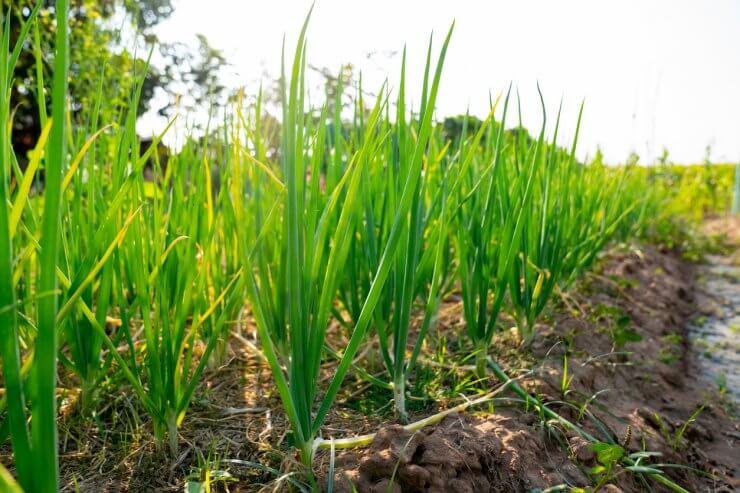
10. Spring Onions
When you plant spring onions in early September, they’ll establish themselves before winter hits. They’ll hunker down during the coldest months, then burst into rapid growth as soon as temperatures start to rise in early spring. This gives you a jump start on the growing season, providing you with fresh, crisp spring onions weeks before your spring-planted crops. The best part? Spring onions are super low-maintenance. Just sow the seeds, keep them watered, and let them do their thing. Come spring, you’ll have tender, flavorful onions perfect for salads, stir-fries, or as a zesty garnish. For extra protection in zones 4-5, consider covering your spring onion patch with a layer of straw or a cold frame when heavy frosts are expected. In the milder areas of zone 6, they might even continue growing slowly all winter!
Learn more about growing spring onions in our Onions Growing Guide.
Planting Fruit Trees in September in Zones 4-6
September can be a great time to plant fruit trees in zones 4-6, but timing is crucial. Aim to plant at least 6 weeks before the ground freezes to allow roots to establish. The cooler air reduces stress on the trees, while the still-warm soil promotes root growth. Here are some cold-hardy fruit trees well-suited for fall planting in these zones:
- Apples: Look for cold-hardy varieties like ‘Honeycrisp’, ‘Haralson’, or ‘Zestar!’. For zones 4-5, consider extra-hardy options like ‘Wealthy’ or ‘State Fair’.
- Pears: Try ‘Bartlett’ or the super-hardy ‘Ure’ pear, which can withstand temperatures as low as -50°F.
- Plums: American hybrids like ‘Alderman’ or ‘Superior’ are good choices for colder climates.
- Cherries: Tart cherries like ‘Montmorency’ are generally hardier than sweet varieties. For sweet cherries in zone 6, consider ‘Hedelfingen’ or ‘Hudson’.
- Apricots: In zone 6, try cold-hardy varieties like ‘Goldcot’ or ‘Harcot’.
When planting, choose a sheltered spot with good air circulation to protect against both winter winds and spring frosts. Dig a hole twice as wide as the root ball but no deeper. After planting, water thoroughly and apply a thick layer of mulch to insulate the roots, but keep it away from the trunk to prevent rot.
Remember to protect young trees from rodents with tree guards, as these pests can cause significant damage during winter months. While these trees won’t fruit immediately, with proper care, they’ll reward your patience with bountiful harvests in the years to come.
So, what are you waiting for? Grab those seeds and get planting! And hey, I’d love to hear about your September gardening adventures. What are you planning to plant this fall? Any favorite cool-weather crops I missed? Drop a comment below and let me know.


 Previous
Previous
